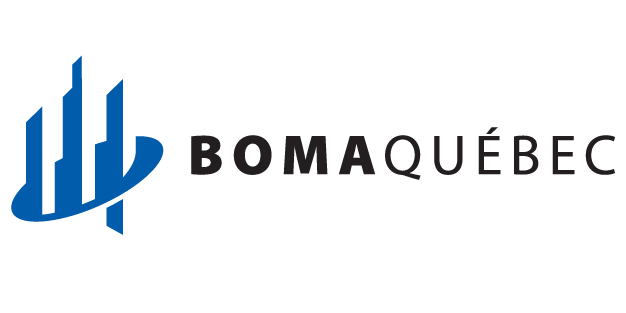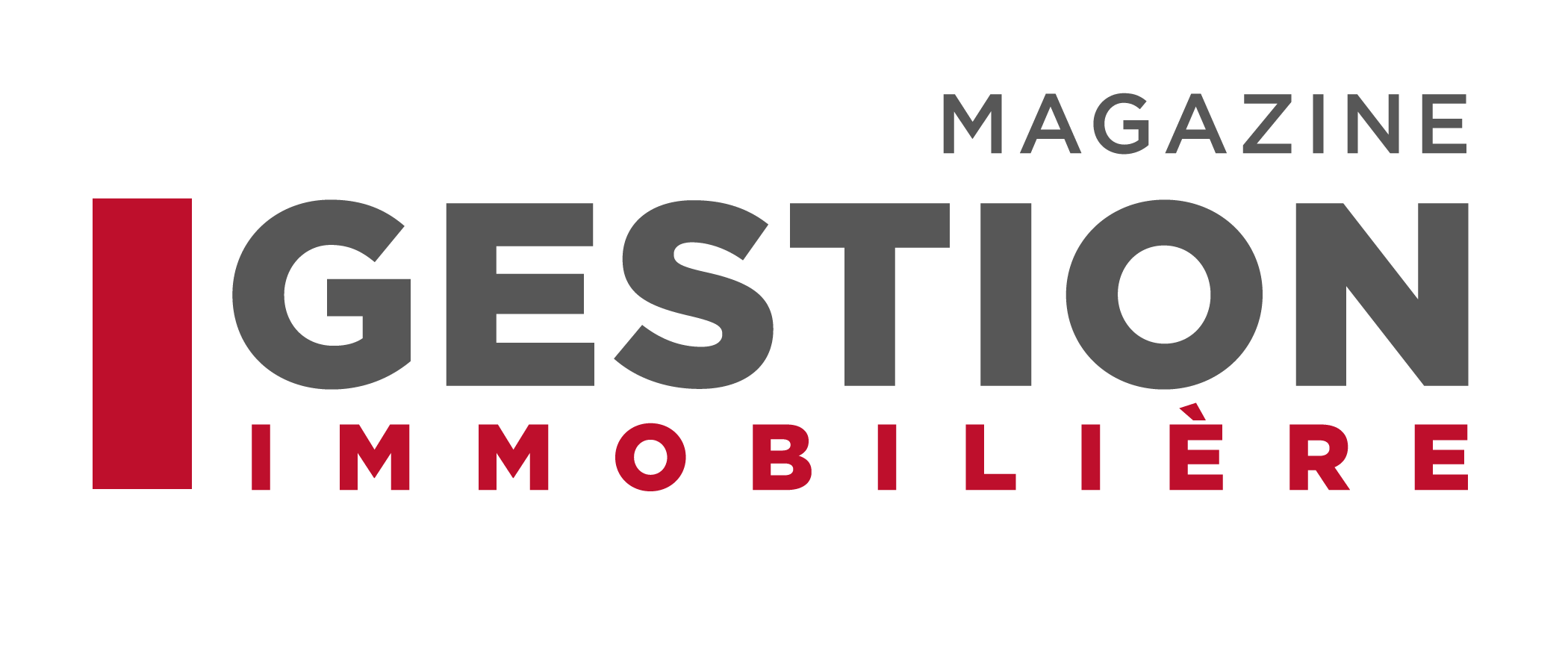Lockdown, Containment and Empty Buildings
The COVID-19 pandemic caused major economic and, of course, medical damage. It has had an enormous impact on our habits and the way we live, and has required great resilience adapting to a new way of life.
Following the announcement of a lockdown by the Quebec government on March 23 and the consequent closing of all non-essential businesses and services, commercial and institutional buildings were deserted within the space of a few days, leaving in the majority of cases major heating, ventilation and air conditioning (HVAC) systems operating at full capacity. In light of the situation, building managers were for the most part able to adapt systems to the new needs of partial or even zero building occupancy.
In that context, most buildings saw their energy consumption diminish by 5 to 15%, which led to a drop in greenhouse gas (GHG) emissions. For some building owners, those energy savings temporarily helped to absorb the lost revenue from parking garages plus the additional expenses related to health and safety measures (signage, procedures, hand sanitizer, etc.). From March 13 to May 10, consumption of electricity fell by almost 11% in the commercial sector (La Presse, May 13, 2020).
Despite an overall decrease in energy consumption, especially in the commercial and institutional sectors, household energy consumption increased slightly. The same newspaper article notes that consumption of electricity in the residential sector increased by 2.6% in the same period. That can be explained by the fact that during confinement, residential buildings were occupied almost all day long at maximum capacity. The greater occupancy rate is associated with a rise in teleworking, which resulted in greater use of household appliances and electronic devices, for the most part.
Partial Deconfinement and ASHRAE Recommendations
Building managers have been very busy preparing for the return of building users and occupants. In addition to changes in housekeeping procedures and maintenance contracts, as well as the installation of signage and sanitary measures, for some buildings partial occupancy in the post-confinement period presents certain challenges for operating HVAC equipment. For example, some managers experienced cycling problems and had to revise the prioritization sequence of their cooling towers due to the abnormally low load usually attributable to building occupants, computer equipment and lighting.
Although there is no scientific consensus for the moment, the SARS-CoV-2 virus could potentially be transmitted in the form of aerosols. That at least is the position of the American Society of Heating, Refrigerating and Air Conditioning (ASHRAE). In April it published its recommendations concerning the operation of ventilation systems in order to mitigate the risks of transmitting the corona virus (ASHRAE Position on Infectious Aerosols, 14 April 2020). These include increasing air change rates, raising filtration levels, extending ventilation during operating hours, tighter humidity control, etc. It is important to note that managers applying some of these recommendations to buildings in Quebec should proceed with caution. For the most part, the ASHRAE recommendations do not have clearly defined limits, for these strategies are based on the precautionary principle and are only intended to contribute, to a certain extent, to reducing the risks of propagating the virus.
However, limits do exist. They are specific to each building and even to each ventilation system. Take the example of a building that usually maintains a 30% relative humidity level in winter and would like to follow the ASHRAE recommendation and raise this to 40% when possible. It is not enough to simply change the set points in the building’s automated control system. It is essential to ensure that the thermal envelope of the building performs well enough to avoid condensation phenomena, otherwise such a change could have harmful impacts such as the formation of mould, for example. Other questions must also be addressed. Does the building’s humidification equipment have sufficient capacity? Are relative humidity sensors properly calibrated?
When implementing the strategies recommended by ASHRAE to mitigate the risks of transmitting the virus, some buildings encountered the capacity limits of their HVAC equipment, particularly with respect to dehumidification of the outside air supply. With the imminent arrival of winter, new limitations will be exposed, this time with respect to the capacity limits of heating and humidification. Your consultants and building engineers, working in tandem with your operations and maintenance teams, should be involved in the analysis, design and implementation of these strategies in order to avoid any problems. Increased follow-up with tenants is also essential in order to remain attentive and proactive as regards any potential impact due to these changes.
The mitigation strategies proposed by ASHRAE vary in terms of their potential impacts on energy costs and the relative complexity of their implementation. The diagram below broadly classifies these recommendations according to those two factors. However, a building-specific assessment should be carried out.

Given that the first four recommendations are fairly straightforward, they should be easy to implement in most buildings. As for the next four, an evaluation of the capacities of HVAC systems will be necessary so as to determine the extent to which the recommendations can be implemented. For more details about these measures, building managers should consult the Building Readiness Guide published by the ASHRAE Epidemic Task Force. (https://www.ashrae.org/file%20library/technical%20resources/covid-19/ashrae-building-readiness.pdf)
A webinar was recently presented by the Réseau Énergie et Bâtiments (REB) in conjunction with BOMA Quebec and the BEC. It can also be consulted by BEC participants at no charge. (https://reseaueb.com/retour-sur-le-webinaire-covid-19-et-systemes-cvca/).
As for a recovery and a resumption of business activity, what does the future hold and how can we adapt to it?
With recent calls from the government encouraging a return to city centres, discussions for a work-share model that combines a return to offices with teleworking are on everyone’s lips. Buildings must adapt to this new reality of hybrid occupancy, something that could become the norm. We can expect to see more collaborative workspaces, unassigned office space and a possible change in the demand for rental space.
Based on the assumption that a 3/2 or 50-50 work model will be maintained for many, energy consumption is expected to rise again as people return to buildings, but with changes in the pattern of how and precisely where that energy is consumed. Due to lower densification, plug loads and cooling loads are expected to decrease, while heating, ventilation and humidification requirements are expected to increase.
In that context, it is strongly recommended that building managers review the prioritization of retrofit and energy efficiency projects involving HVAC systems and controls, taking into account that in addition to the new reality described above there will be increased emphasis on indoor air quality and on mitigating transmission risk. In our opinion, the following types of modernization and energy efficiency projects should be given priority in the short and medium term:
- Increase the efficiency in how fresh air is processed (e.g. adding heat/energy recovery equipment, adiabatic humidification, improving filtration)
- Improve management of fresh air flow (e.g. adding flow measurement stations and dedicated fresh air supply systems, adjusting fresh air distribution per floor/tenant, installing CO2 sensors, variable frequency drives, air balancing)
- Improve control of ambient conditions (e.g. add and centralize room sensors (temperature, humidity and CO2), recalibrate sensors)
- Upgrade lighting control (centralizing and rezoning automatic lighting controls, adding occupancy detectors)
- Update /recommission (RCx) electro-mechanical systems
- Implement an ongoing commissioning (Cx) process
These measures will be outlined in greater detail in a second article to be published shortly. Besides sound management of electro-mechanical systems, it is essential to pursue physical distancing and good sanitation practices, as they contribute much more significantly to the spread of the COVID-19 virus than HVAC systems. Vigilant management of those aspects, combined with constant communication with your tenants, will demonstrate that you have the situation under control and that your building is safe and secure.
Drafted by the BEC Technical Committee







